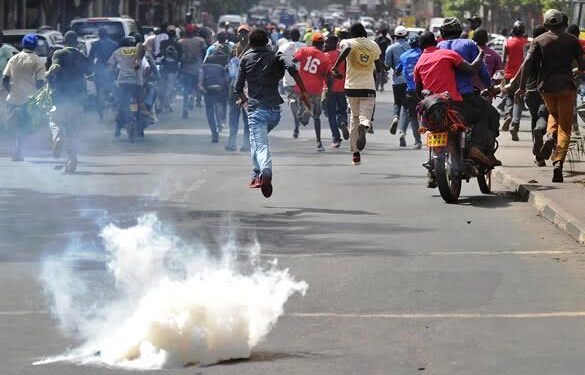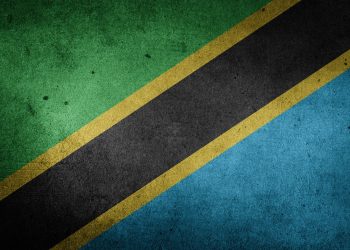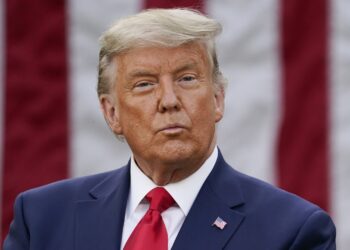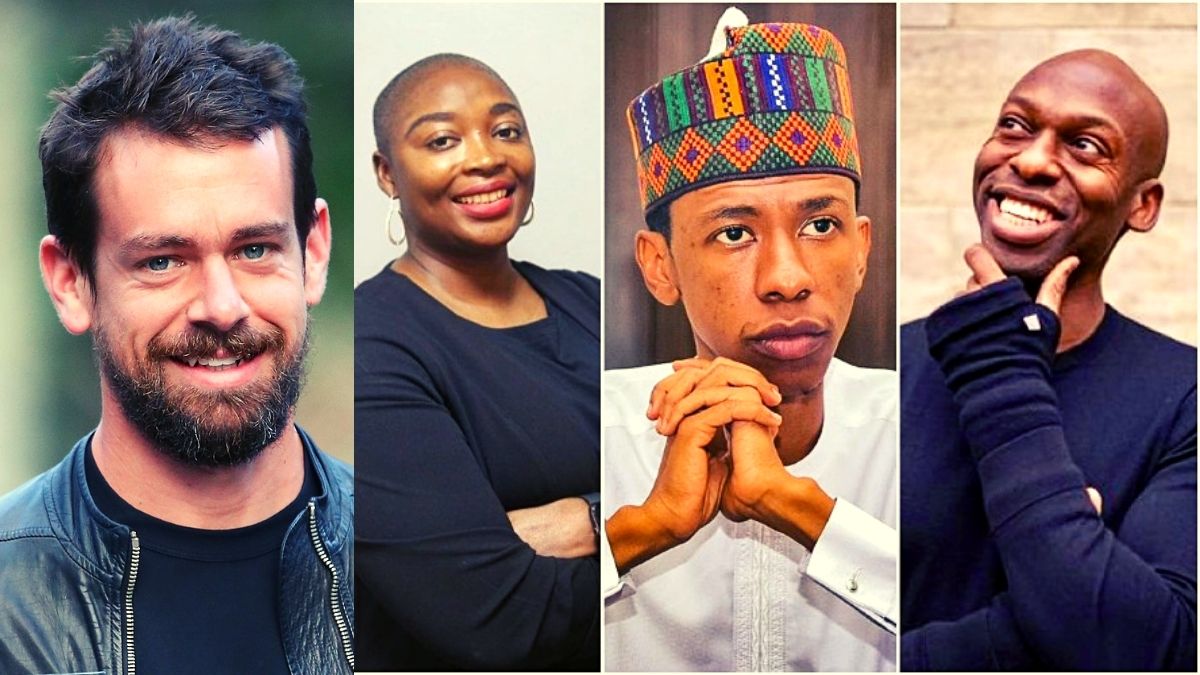Kenya’s government is practically begging for the ongoing protests to stop. On Thursday, police attempted to ban demonstrations in Nairobi’s heart, only to be humiliated by the courts. It seems the government’s cries are falling on deaf ears as chaos continues to unfold on the streets.
Court Overrules Police Ban
In a move that reeks of desperation, police issued a ban on protests, citing that criminal gangs had infiltrated the demonstrations, which have resulted in at least 50 deaths. However, a court swiftly suspended this ban, questioning the legitimacy of such a drastic measure without due process.
Activists Undeterred
Despite the ban, activists are gearing up to “occupy” Uhuru Park, right next to Nairobi’s city center. The city is crawling with police, but that hasn’t dampened the spirits of those calling for President William Ruto’s resignation and demanding action against corruption and poor governance.
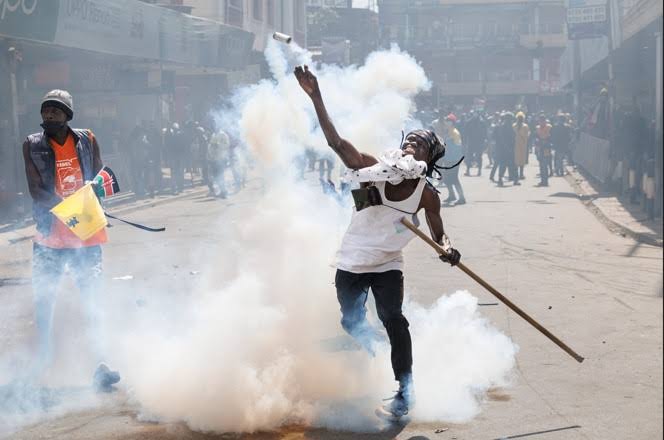
Government spokesperson Isaac Mwaura claims the protests have cost Kenya 6 billion shillings (about $46 million). Yet, he offers no clear explanation for this figure. In a televised address, he assures the public that the government has heard their concerns. But considering the president fired nearly his entire cabinet and still faces unrest, these promises seem as hollow as ever.
Protests’ Impact and Government’s Panic
These youth-led protests, initially sparked by proposed tax hikes which Ruto has since withdrawn, have morphed into a larger movement. Activists now seek substantial reforms and Ruto’s resignation, creating the biggest crisis of his tenure. The government’s response? Panic. Chief of police Douglas Kanja Kiricho warns of criminal gangs exploiting the protests, but the courts aren’t buying it, suspending the protest ban until further review.
In a bid to quell the unrest, Ruto proposed a broad-based government. The opposition quickly rejected this, demanding a constitutional convention instead. The rallies, which started peacefully, have turned violent, with incidents like the brief storming of parliament on June 25. Despite plans for “multi-sectoral” talks, there’s no sign these have even begun, showing a government in disarray.
Media Under Fire
Adding to the turmoil, Kenya’s media regulator has issued a stern warning to broadcasters. The Communications Authority of Kenya accuses them of fueling violence with their coverage. This attempt to control the narrative only highlights the government’s desperation as it grapples with a movement that shows no signs of backing down.
Conclusion
Kenya’s government is flailing. Court suspensions, ignored bans, and media crackdowns paint a picture of a regime losing control. As protests rage on, it’s clear that the people’s demands for genuine change are not going away, no matter how hard the government tries to silence them.

